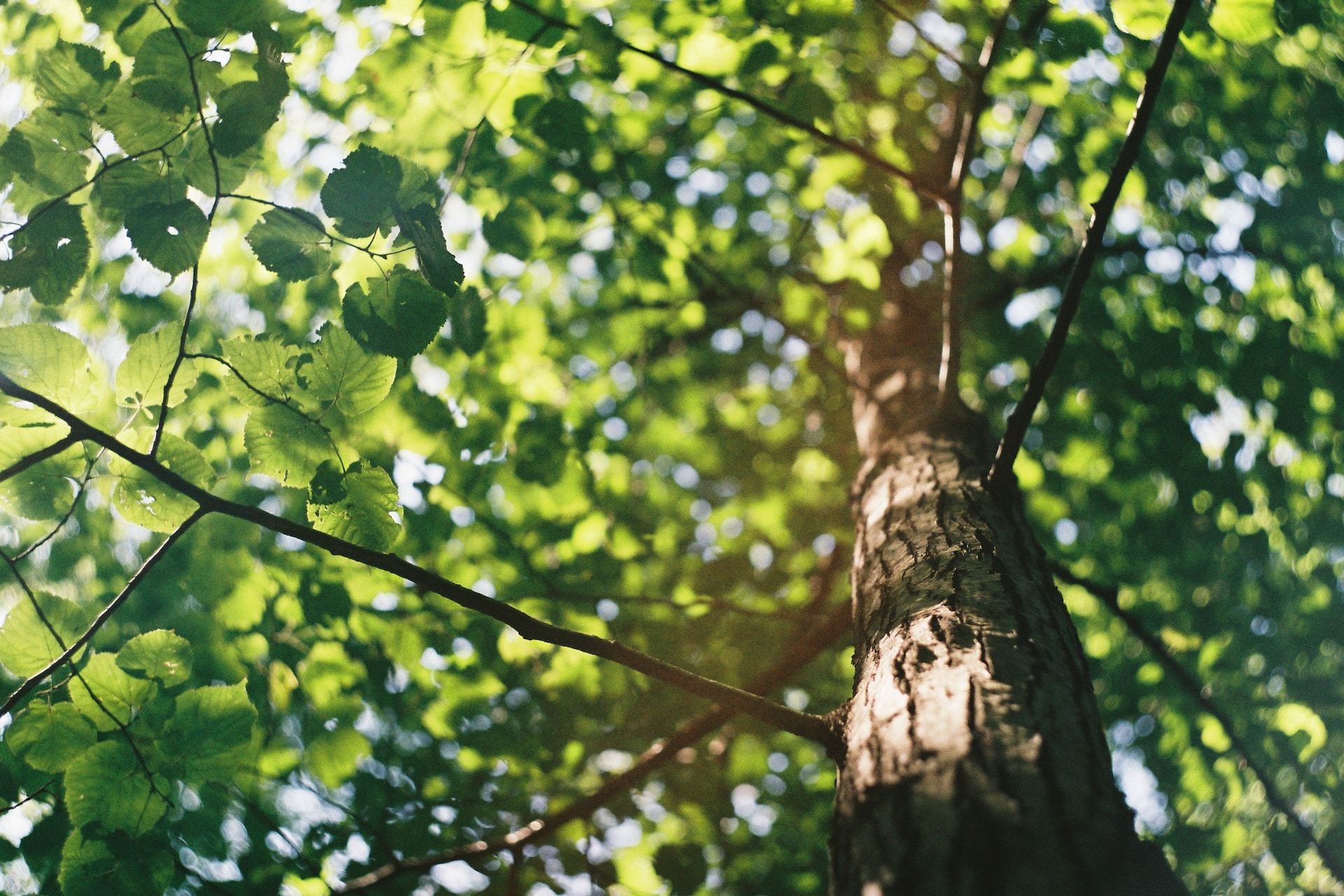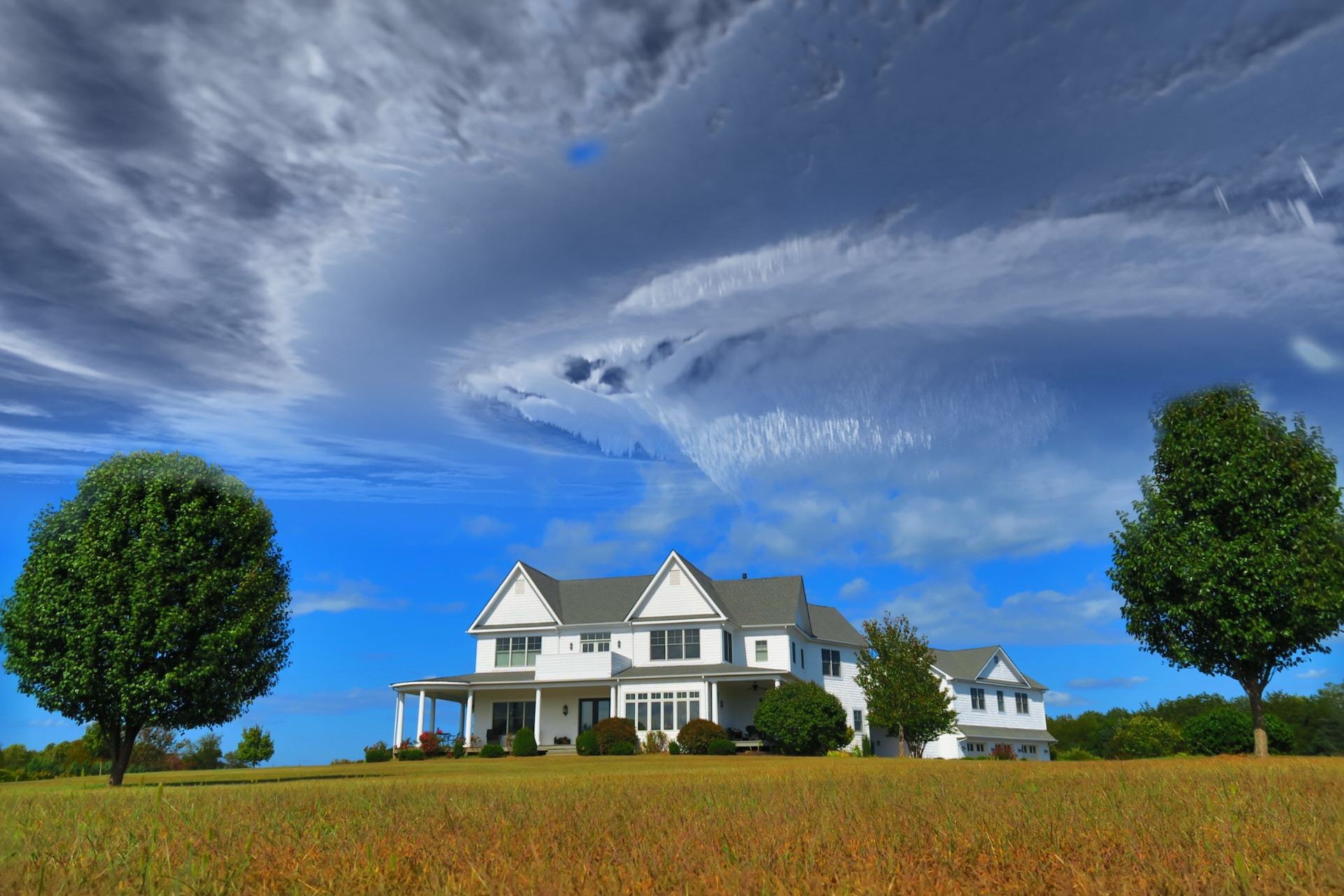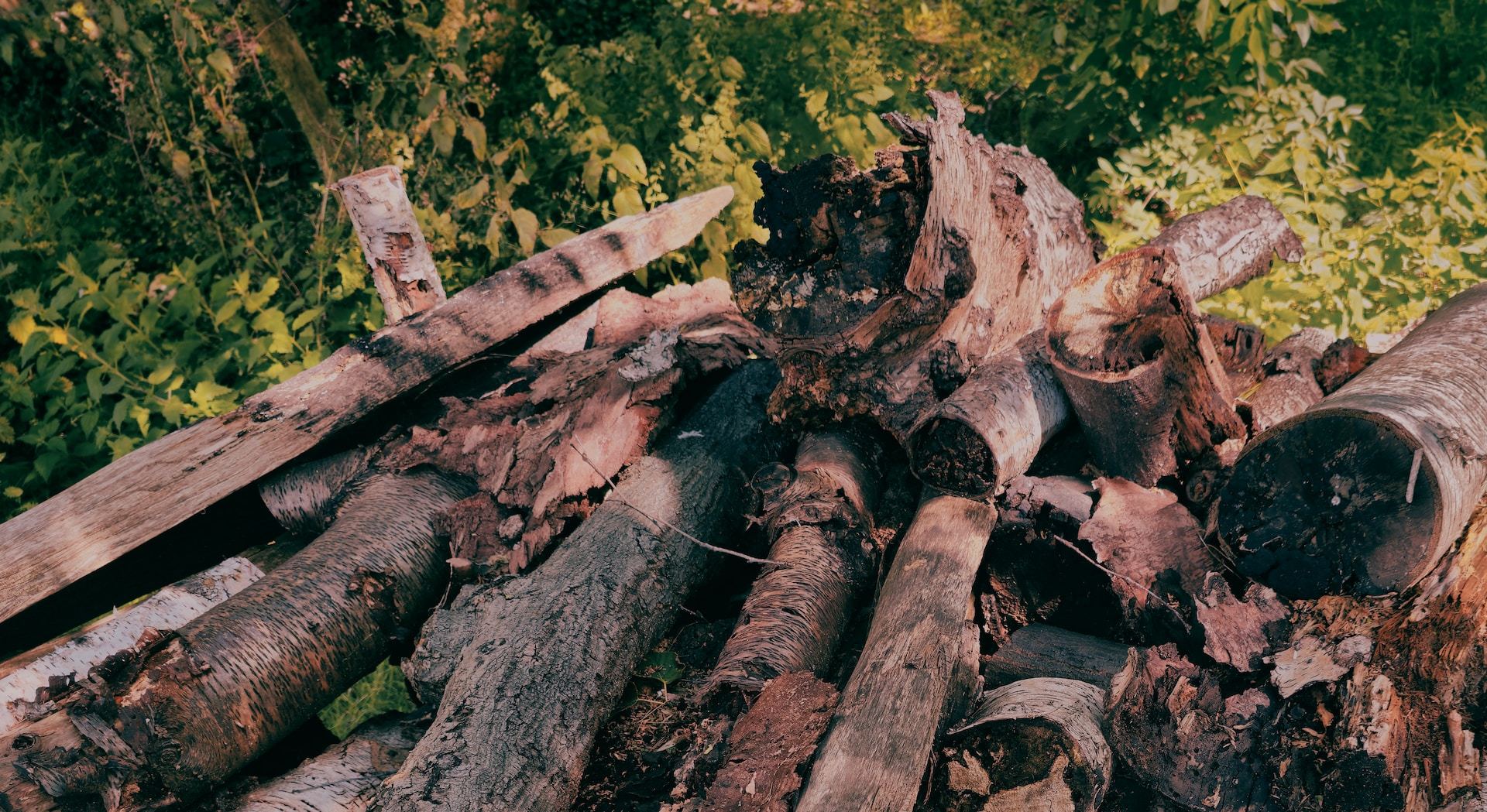Professional Tree Trimming Techniques Used by the Experts
Reading time: 8 minutesYour trees can be some of the most valuable assets on your property. In fact, trees can boost your home's selling price by 2 to 15%. So, taking care of your trees is an investment in your home's value. And one of the most important things you can do to preserve your trees' health and appearance is to schedule trimming for them.
Regular, professional tree trimming is essential. Experts have the tools, skills, and know-how to properly trim your trees without harming them. In fact, as a homeowner, you don't have to DIY tree trimming, but knowing the techniques used by the experts can help you better appreciate their work.
Why Do Your Trees Need Trimming?
Tree trimming serves multiple purposes. With regular trimming, your tree maintains its ideal shape and overall appearance. Well-trimmed trees have fewer weak branches that can fall and damage your home, car, or neighbour's property.
Most homeowners should schedule the trimming of mature trees every three to five years. However, if you have specific problems or fast-growing trees, you may need to have your trees trimmed more frequently.
Professional tree trimming services ensure your trees' health, beauty, and safety. Thanks to the value and comfort added to your property from well-kept trees, any investment in maintaining them will also help your home's overall value.
Because trimming serves several purposes, the reasons that your trees will need trimming also vary. Some of the most common reasons that people cut their trees include the following:
Closed Canopies Need Thinning
Your trees may need trimming if their canopies are too closed. Trimming can remove excessive growth to improve airflow and light movement through the tree.

Prevent Problems with Utility Lines
Occasionally, trees will grow too tall or wide and pose a risk to utility lines or your home. Trimming can remove problem tree branches that grow too close to these areas. Cutting out these branches prevents power outages or roof damage caused by the overgrown tree.
Increase Space Under Trees
Some trees grow too low and resemble bushes more than trees. Trimming cleans out the low branches to increase space under the tree. This process allows you to walk safely around the trees without hitting low-hanging branches.
Improve Tree Health
Tree health is another reason for trimming. Removing dead or diseased branches prevents further damage to the tree and allows it to focus its energy on healthy growth. Well-trimmed trees can live longer and look better than those improperly pruned.
Recognizing that your trees need trimming is only the first stage. The process requires having the right tools and timing to ensure a successful endeavour. Luckily, arborists can help you with both of these factors and get your trees trimmed without hassle.
General Techniques for Tree Trimming
Professional tree trimming techniques should follow American National Standards Institute (ANSI) guidelines. The ANSI A-300 standards outline the methods of properly pruning and trimming trees to ensure health and safety.
The techniques used for cutting your trees depend on what your trees and your property need. For example, if you have overgrown tree branches overhanging utility lines, you may need tree reduction to remove those branches. However, if your tree has branches blocking your driveway, you could need raising to cut those out.
Arborists carefully assess your trees to choose the best method or combination of techniques to improve the trees' health, appearance, and safety.
Thinning
When your tree has healthy growth but needs canopy control, an arborist may thin it. Thinning, or lacing, removes branches from the canopy that impede airflow or sunlight. Taking out these branches helps more sunlight pass through the tree, keeping your lawn's grass green. Additionally, your tree will look better overall with proper thinning.
Raising
Sometimes, trees have branches that grow too low. Raising a tree is another of the techniques tree trimming experts use. This approach increases the bottom of the tree's growth by removing the lowest-growing branches. If you have trees growing over your driveway, home, or walkways, raising the tree prevents damage to people or possessions from low branches.
Reduction
For trees that grow too close to utility lines or overhang your home's roof, arborists will trim the problem areas with tree reduction. This technique involves cutting specific problem branches of carefully shrinking the tree's total size. Arborists must carefully assess the amount of material they remove to avoid stressing the tree and causing further damage.
Tree Topping
Tree topping harms trees. It removes a significant portion of the tree's canopy. Topped trees can become diseased or damaged by pests. Too much sunlight moving through the canopy can also cause sunscald. Only in very rare instances will arborists top trees.

Tools Used for Trimming
Trimming trees requires specialized equipment to reach the high branches and safely remove them. Experts use some of the following equipment when trimming or pruning trees:
- Pole saws
- Tree loppers
- Hedge trimmers
- Axes
- Wood chipper
- Climbing equipment
When using climbing equipment and wood chippers, trimming trees should be left to the professionals.
Along with the physical tools needed for tree trimming, arborists bring knowledge about tree health and structure that most homeowners lack. They can assess the tree's health and find the right branches to cut for optimum results.
To prove their subject knowledge and skills, arborists obtain voluntary certification from the International Society of Arboriculture (ISA) to prove their subject knowledge and skills. Six types of certification for arborists exist under the ISA. These options cover the many tree care specialties, such as municipal and utility, and skills, including climber and aerial specialist.
Hiring a professional tree expert gives you peace of mind that the expert will finish the job properly while using the right tools and skills.
Biggest Mistakes Homeowners Make When Trimming Trees
Too often, homeowners cause severe damage to their trees by making common mistakes when pruning or trimming. Too often, tree experts see the following errors homeowners make when DIYing tree care:
Using Wound Dressing
Covering the cut portion of a tree with wound dressing was once a standard recommendation. However, today, arborists recognize that this treatment does more harm than good. The dressing inhibits the tree's natural ability to heal itself from cuts.
Leaving Long Stubs After Cutting Branches
When cutting branches, leaving long stubs on the tree instead of just above the collar is a mistake. These stubs slow wound closure and healing. Trees that have stubs after trimming have a greater chance of fungal infection.
Bark Ripping
Not making proper cuts through the branches can leave some of the bark behind. When pulling the branch down, this bark rips, injuring the tree.
Topping or Pollarding a Tree
Homeowners may attempt to control their tree's height by topping or pollarding it. Topping involves cutting a large portion of the top of the canopy to shorten the tree.
Pollarding uses a similar technique to attempt to regulate the growth of young trees by promoting the development of thin, vertical branches.
Both of these types of pruning cause severe damage to the trees and shorten the trees' life spans. Additionally, these methods negatively impact the overall appearance of a tree.
If a tree presents a danger to utility lines or nearby structures due to its height, reducing the size tree rather than topping it could provide a healthier, longer-lasting solution for the tree.
Instead of pollarding to control young tree growth, choose the types of trees you plant carefully based on their natural shape and size.
Cutting Out Too Much of the Tree
When trimming trees, you should only remove up to 30% of the canopy. Cutting more than this will cause stress to the tree, making it more susceptible to disease, sunscald, and pest damage.
Because topping removes a large amount of the tree's canopy, up to 100%, arborists don't recommend it for most trees.

Removing the Wrong Parts of the Tree
Cutting some parts of the tree can damage the tree's health. Don't cut the trunk of the tree. This part supports the tree's structure and delivers water from the roots.
Additionally, avoid cutting the branch collars. These spots are where branches meet the trunk. They contain essential tissues that protect the tree from pests and disease. Cutting these collars off makes the tree more likely to experience pest damage or disease.
Finally, avoid cutting the tall vertical branch, or the leader, in young trees. Your trees need one leader each to ensure healthy growth.
The Best Time to Schedule Tree Trimming Services
Ideally, you should schedule trimming services when your trees are not actively growing, also known as the dormant season. For most trees, dormancy extends from late fall through the early spring. Trimming in the fall or spring ensures that the trees have plenty of time to heal before they start actively growing again.
The type of tree and your location determine the best time for you to schedule tree trimming. For example, if you have flowering trees, you may want them trimmed after they bloom.
Contact a professional arborist if you need to know when to schedule tree trimming. These experts know about the specific needs of various types of trees that grow in your area and how to care for them. These professionals can trim and prune for you to ensure your tree stays healthy.
Specific Techniques for Tree Trimming Used in Special Cases
Some types of trees will require special tree trimming techniques. For example, flowering trees may need pruning after flowering instead of during the dormant season. Young trees may need pruning to control their shape and promote healthy growth.
Arborists know which trees need specialized techniques for trimming and can help you with the process. Trusting tree experts ensures that all your trees, whether they need unique or general trimming methods, will look good and stay healthy.
Get a Free Estimate for Professional Tree Trimming Services from Green Drop
You deserve to have healthy, beautiful trees on your property. Invest in your trees and your home's value with professional tree trimming services from us at Green Drop.
Get a free estimate for our trimming or other tree care services. Trust our experts in tree care to give your trees exceptional care.

